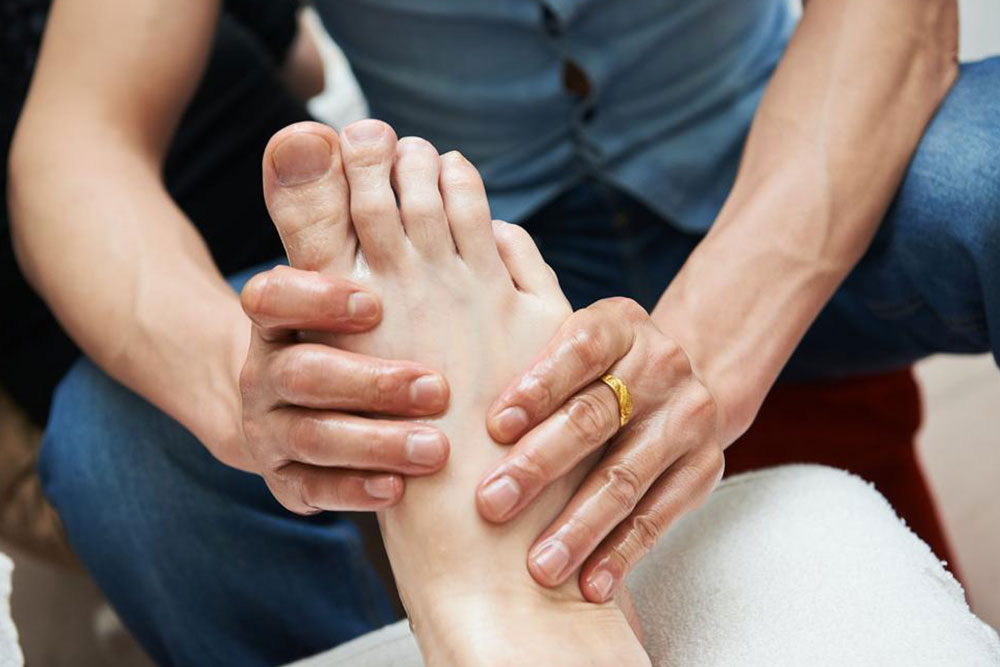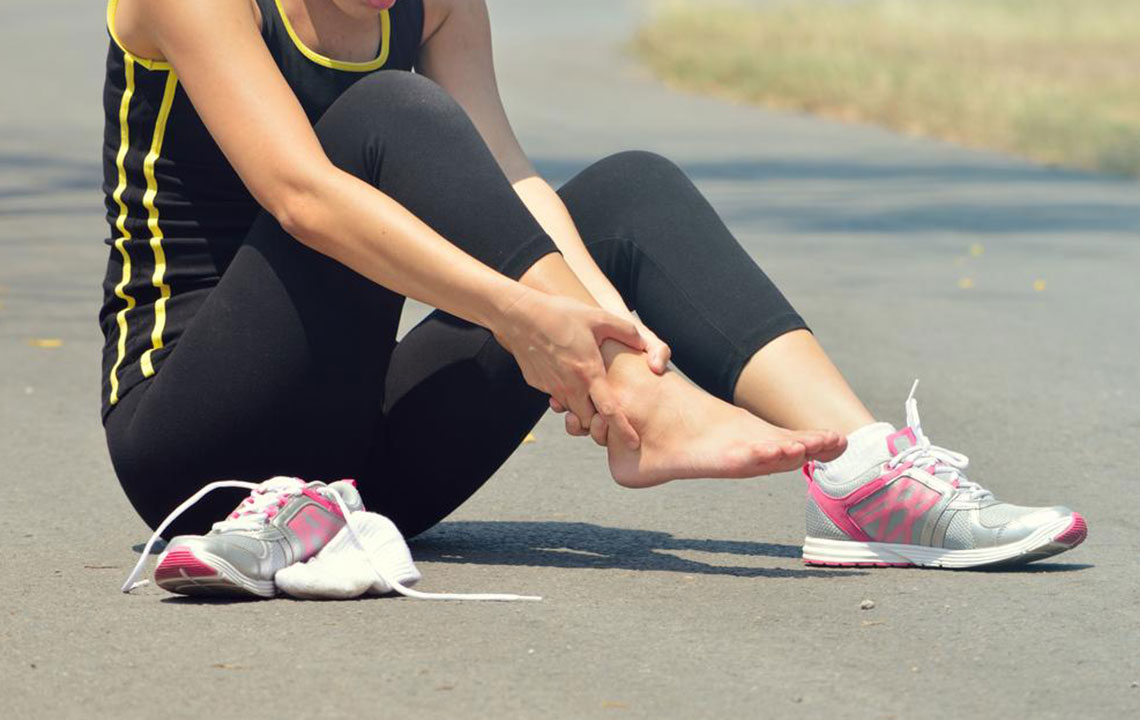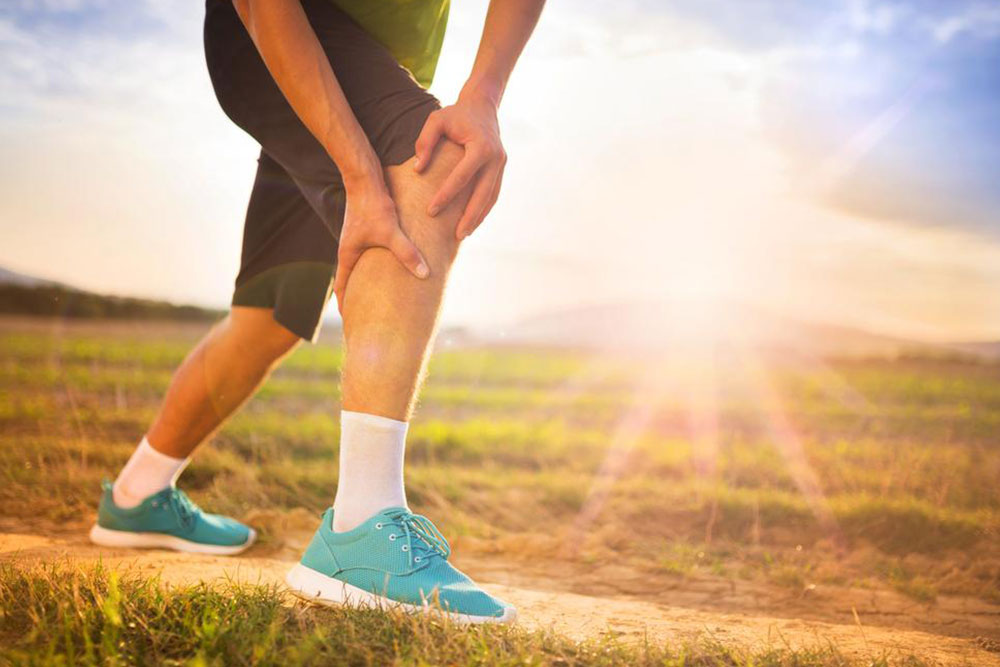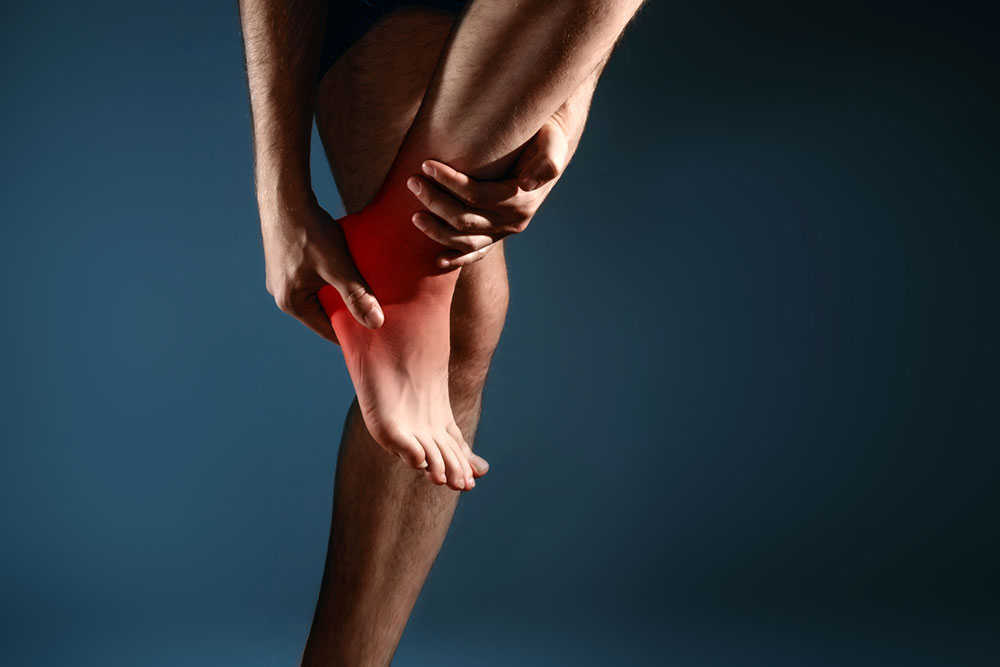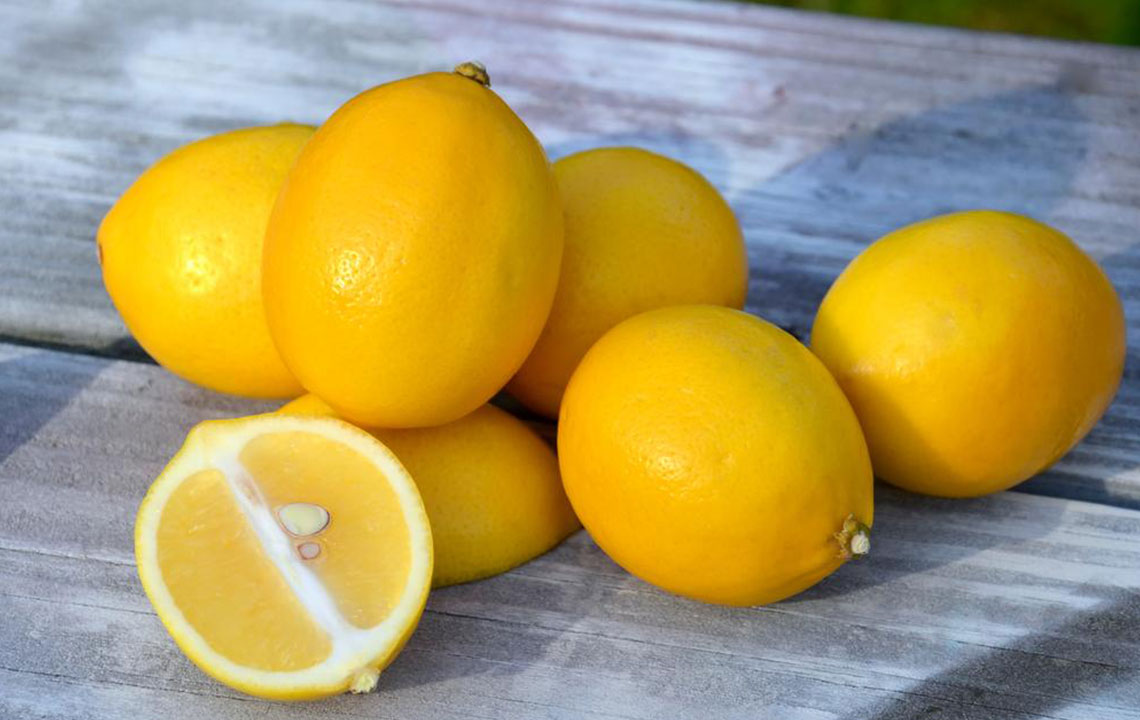Effective Strategies for Heel Spur Relief and Management
Discover effective heel spur relief strategies including cold therapy, supportive footwear, orthotics, steroid injections, and stretches. Consult healthcare professionals for personalized treatment to alleviate pain and prevent further damage. These methods aim to improve mobility and quality of life for those affected by heel spurs.
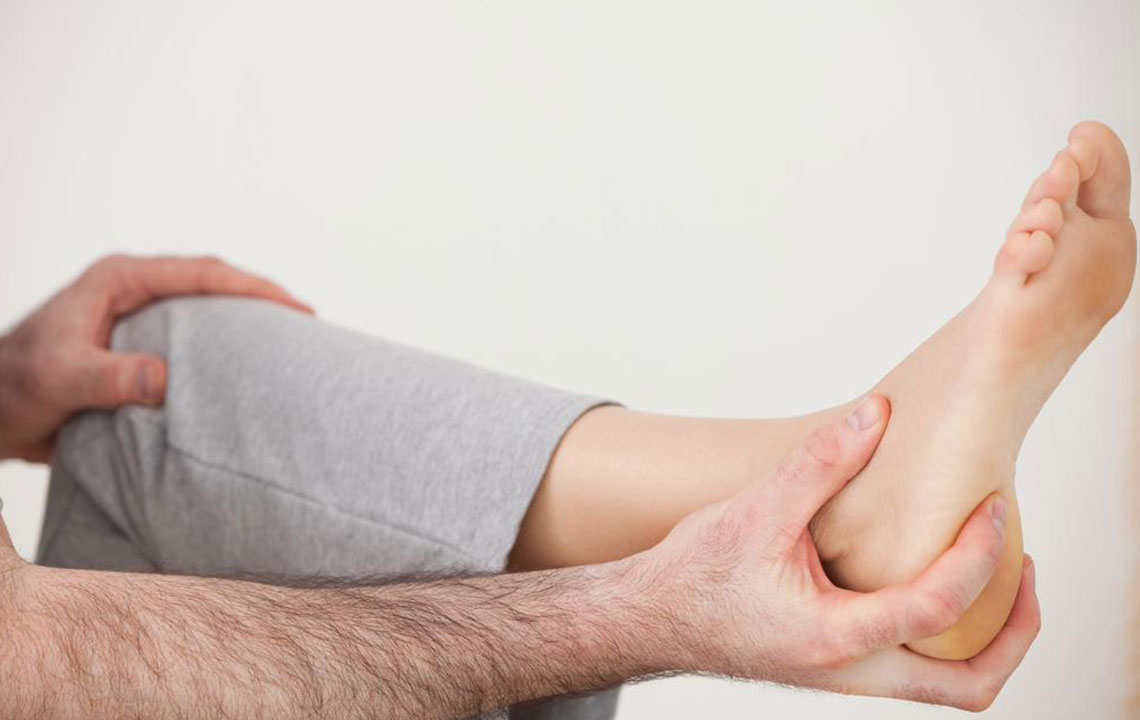
Effective Strategies for Heel Spur Relief and Management
A heel spur is a sharp bony protrusion that forms on the heel bone. It can develop alone or alongside other health issues. Common causes include stress, injuries, excess weight, repetitive athletic activities, and inflammatory conditions like ankylosing spondylitis or reactive arthritis. Treating heel spurs aims to reduce pain, inflammation, and prevent further injury. If heel pain persists beyond a month, consult a healthcare professional for tailored treatment options, which may include medications or therapy.
Physiotherapy and targeted stretches play a vital role in alleviating heel spur discomfort. Non-prescription remedies might also offer relief. Continue reading to explore various heel spur treatment options and home remedies. These approaches can help ease pain and restore normal activity levels.
Cold Therapy
Applying an ice pack wrapped in cloth can effectively reduce inflammation in the heel. Cold therapy packs or gel packs, available at pharmacies, should be placed on the heel for about 10 minutes, repeating every hour for best results. Alternatively, rolling your foot over a frozen water bottle can provide similar relief.
Over-the-counter (OTC) anti-inflammatory medications can help manage heel spur pain by reducing swelling and preventing further tissue damage. However, individuals with kidney issues, ulcers, or gastrointestinal conditions should avoid these. Some OTC drugs offer pain relief without anti-inflammatory effects, providing additional options for comfort.
Wearing proper footwear is crucial. Shoes with moderate heel height, excellent support, and moderate flexibility can distribute pressure and lessen discomfort. Orthotics—custom or off-the-shelf shoe inserts—offer enhanced heel support and help prevent foot rolling. It’s advisable to consult a podiatrist for appropriate orthotic fitting.
Another option is corticosteroid injections, which don't cure the spur but can significantly diminish pain. These injections are usually directed into the heel's inner region, never on the sole. Limitations exist regarding frequency to avoid complications.
Cryoultrasound combines cold therapy with electromagnetic waves to relieve heel pain. Performed by specialists, this treatment is particularly effective for heel spurs associated with plantar fasciitis, offering a non-invasive, drug-free relief method.
Regular stretching exercises targeting calf muscles and foot flexes can provide long-term relief. Daily practice—morning, evening, and possibly afternoon—guided by a physiotherapist, can reduce heel pain and improve mobility.
Identifying the underlying cause and adopting appropriate remedial measures in consultation with your doctor is essential. Adhere to advised treatments strictly for optimal results.

